A classic mushroom fricassee Provencal or sauteed or roasted mushrooms dressed with a vinaigrette is a good, simple mushroom side dish to add to your repertoire. It's based on a recipe I ate at a small restaurant in Avignon, as well as a recipe from famous French chef named Fredy Girardet.
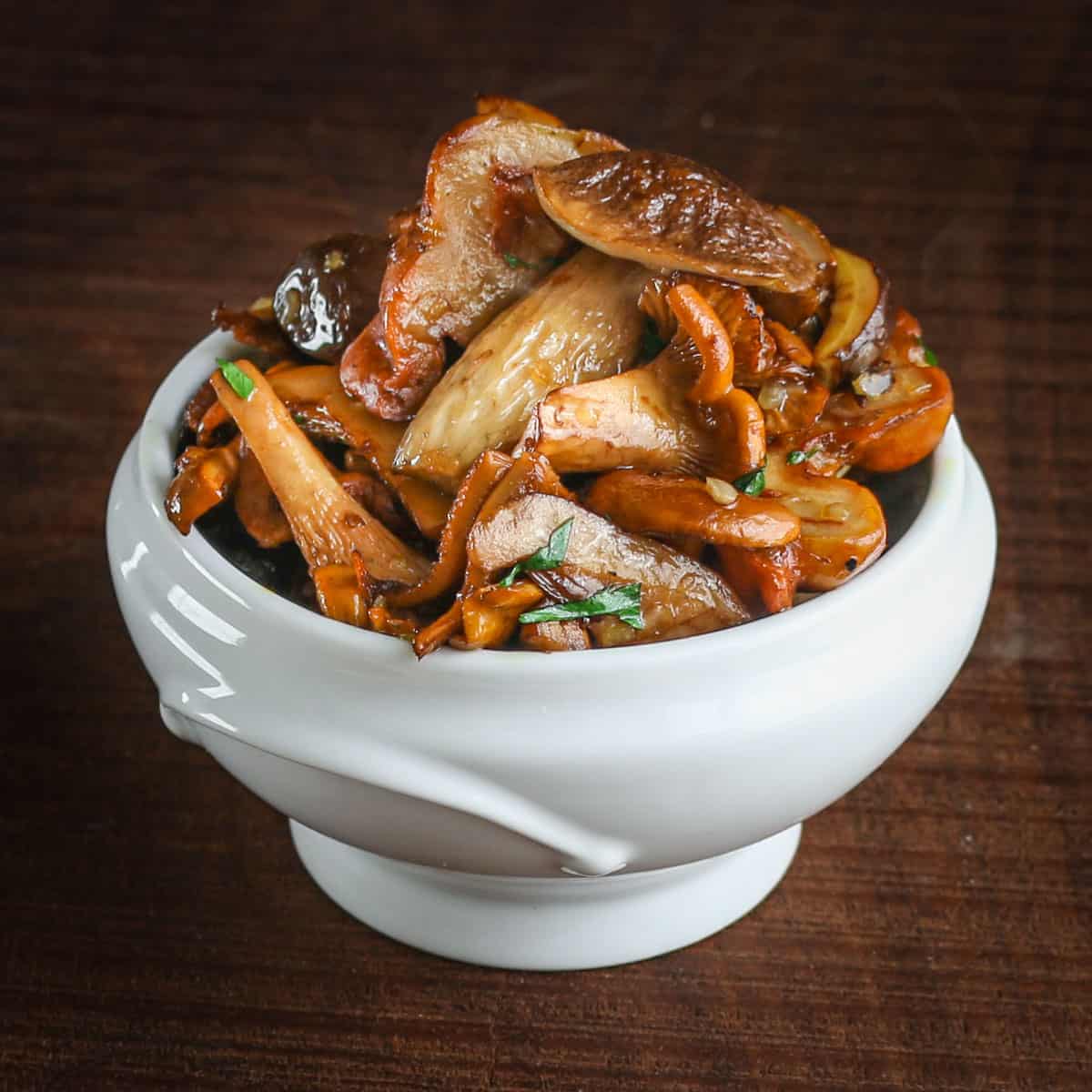
Mushroom Fricassee Definition
Depending on who you ask, the definition of mushroom fricassee can mean different things. Sometimes the ingredients are cooked in a creamy sauce.
Here, it's simply sauteed or roasted mushrooms cooked golden brown and dressed with a simple vinaigrette with fresh herbs.
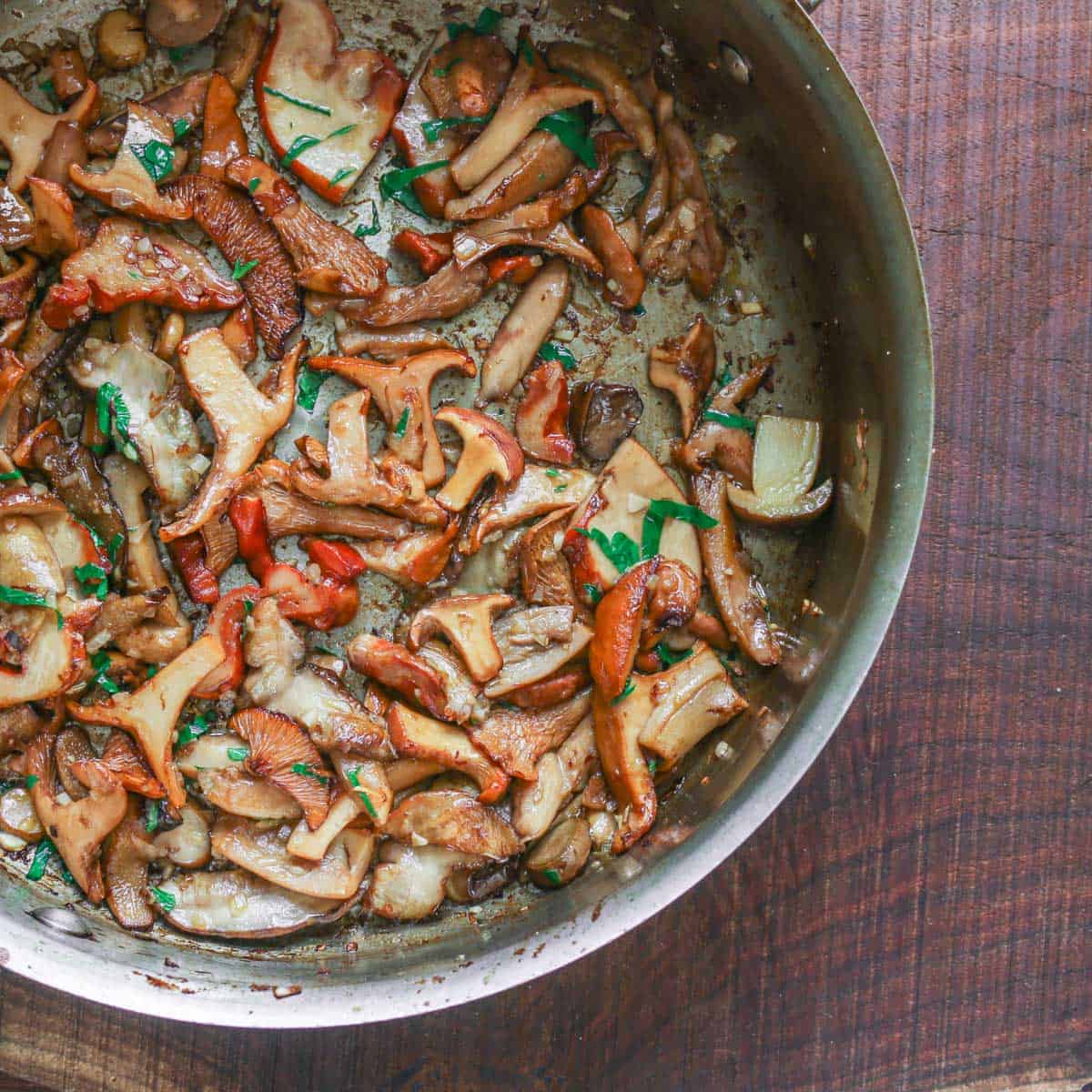
Use a mix of mushrooms
For the best results, you want to use a blend of mushrooms. I've listed some different options in the notes of the recipe card in this post. If you have access to wild mushrooms like hen of the woods chanterelles, chicken of the woods mushrooms and others it's a great way to use them.
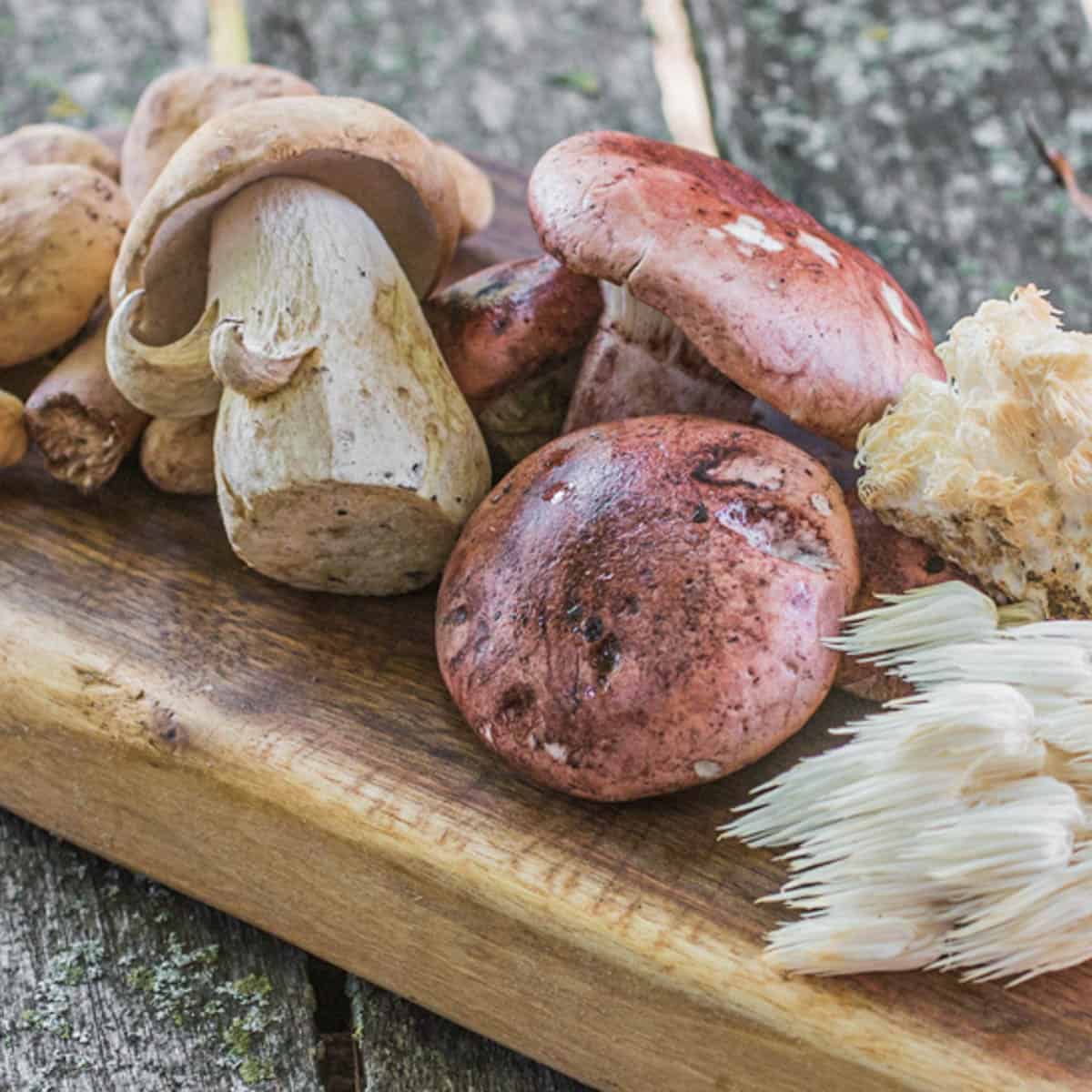
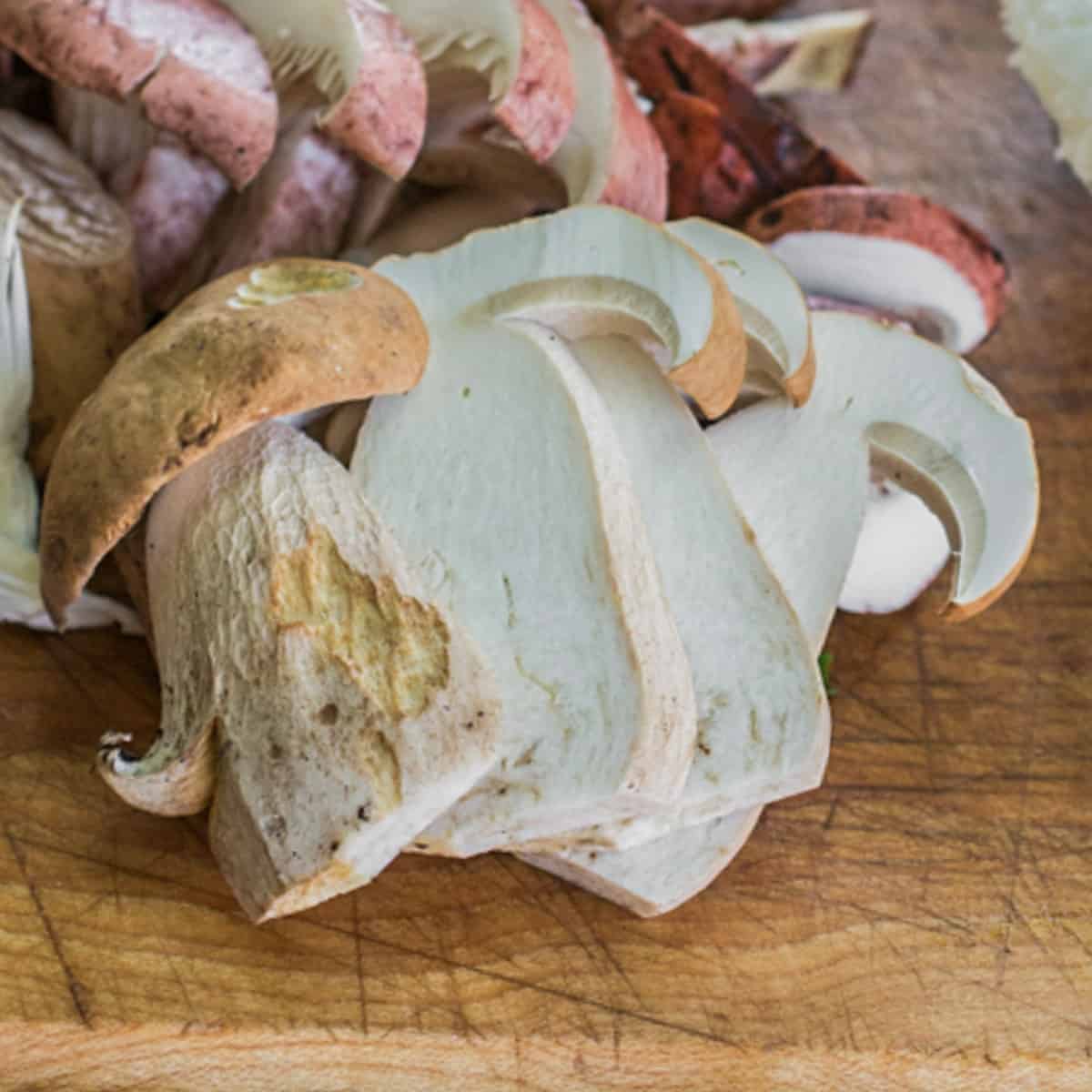
Provencal Mushroom Fricasee
Equipment
- 1 10 inch frying pan
- 1 medium-to large mixing bowl for tossing the mushrooms
- 1 small mixing bowl for the vinaigrette
Ingredients
- 1 lb wild mushrooms* cleaned and sliced ¼ inch
- ¼ teaspoon Kosher salt plus more to taste
- 3 tablespoons water
- 1 tablespoon cooking oil
Vinaigrette
- Fresh ground black pepper
- 1 tablespoons finely chopped shallots
- 1 teaspoon minced garlic
- 3 tablespoons extra virgin olive oil
- 1 teaspoon fresh lemon juice
- ½ teaspoon chopped fresh thyme or to taste
- ¼ teaspoon kosher salt
- 1 tablespoon champagne vinegar or white wine vinegar
Instructions
Vinaigrette
- Add the garlic, shallot, thyme, vinegar, olive oil, salt and pepper to a bowl and whisk. vinaigrette and allow to rest for at least 30 minutes before adding to the mushrooms. This gives the onions and shallot time to calm their flavor.
Clean the mushrooms
- If your mushrooms are from a store they may be very clean. If they're wild, you'll want to brush them clean and trim the stems with paring knife or birds beak knife. If necessary, wash the mushrooms in cold water by swishing them around and laying out on a paper towel to dry.
- Slice the mushrooms into ¼ inch thick slices. Small buttons can be left whole.
Cooking
- Add the mushrooms and water to a large 10 inch frying pan or skillet, seasoning with the salt and pepper.
- Bring the mixture to a simmer on medium high heat and cook off the liquid, stirring occasionally. Add the oil and cook for a minute more or until the mushrooms are golden brown. Double check the seasoning for salt and pepper, adjust as needed. Remove the mushrooms to a large bowl.
- Toss the mushrooms with some of the vinaigrette to taste (you may not need all of it). Allow to rest for at least an hour, and up to 2 hours before serving as an appetizer with grilled bread or a side dish to fish and steaks.
Notes
Making your own blend of mushrooms
There's lots of different mushrooms that would be good here, just make sure you use a blend. Chanterelles, porcini, hedgehog, lobster, chicken of the woods, and other summer mushrooms are great. If you have to, you can use a combination of cultivated mushrooms like crimini or baby bellas, portobellos, hen of the woods and shiitakes.Nutrition
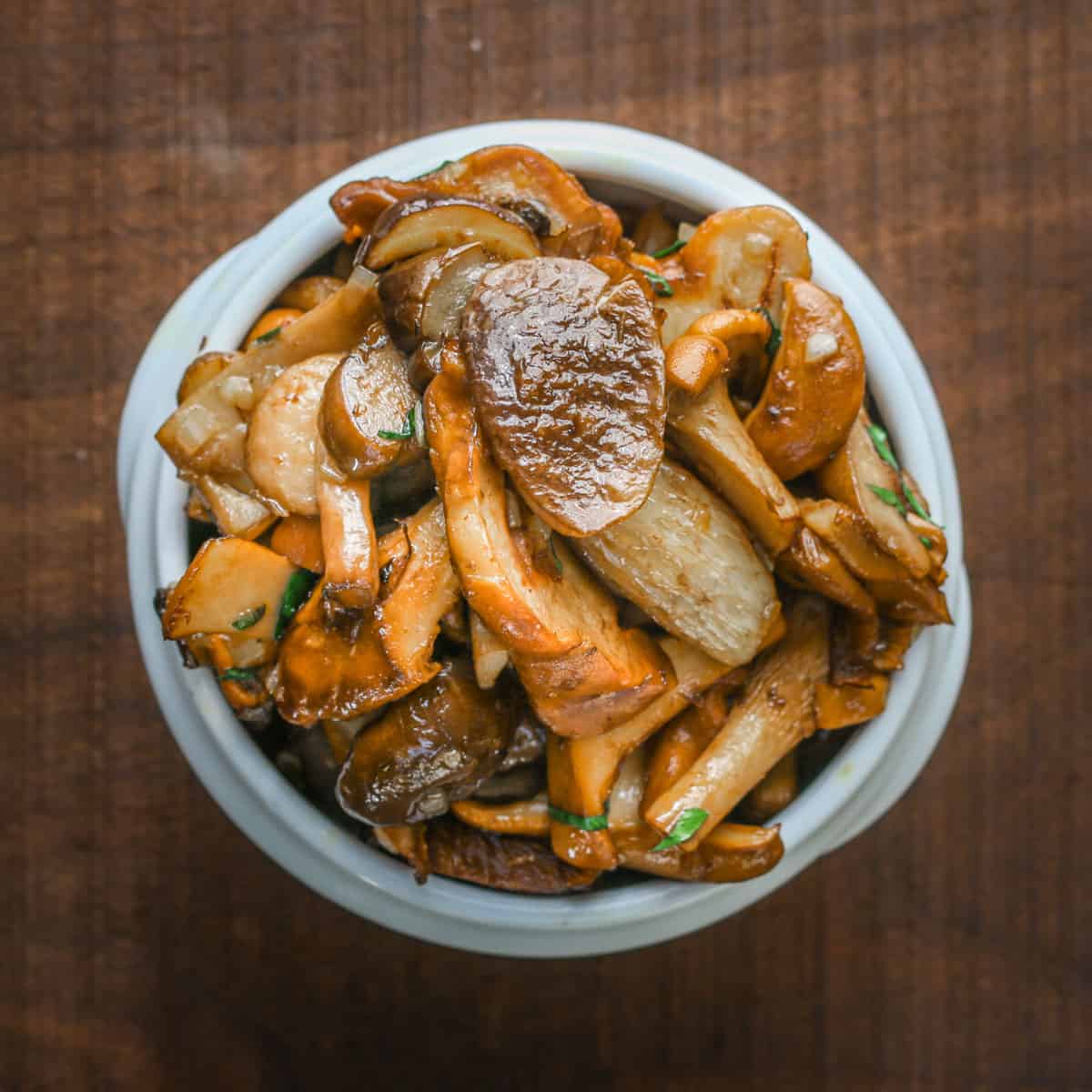

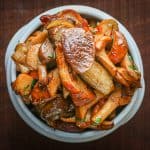
Leave a Reply